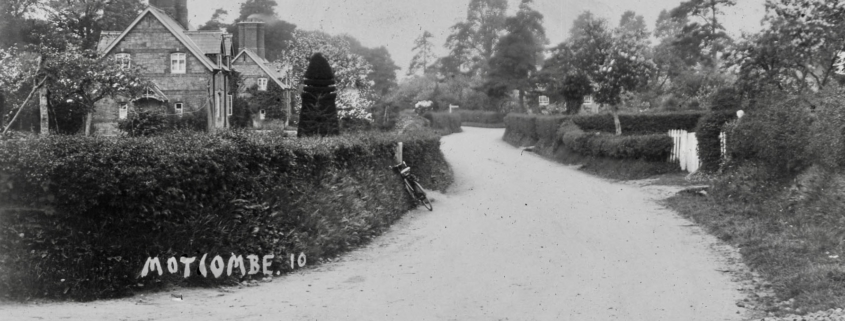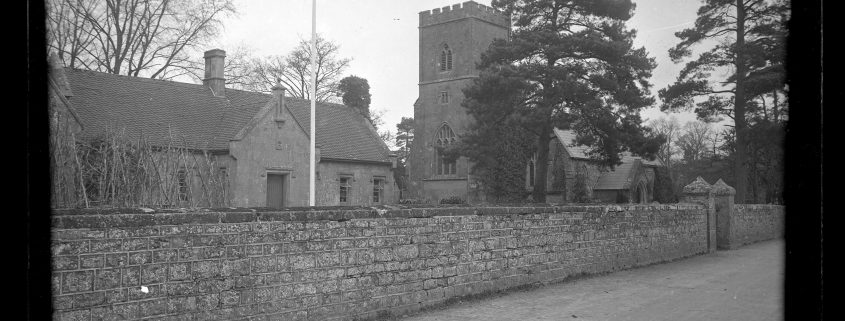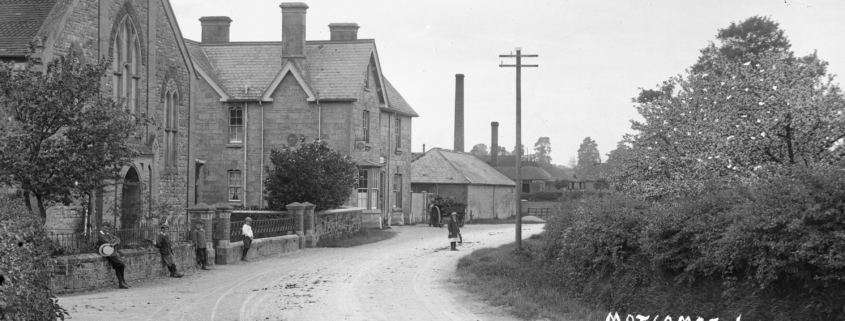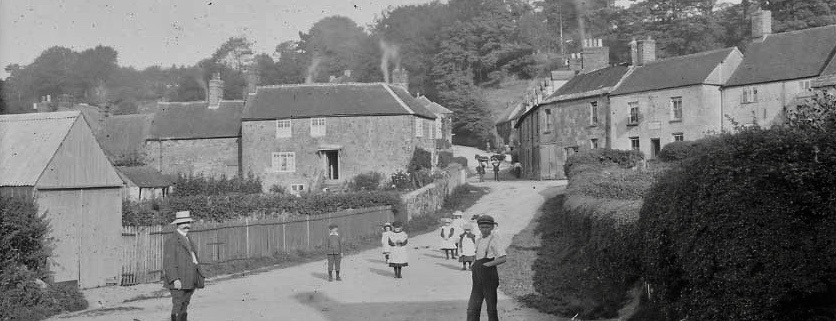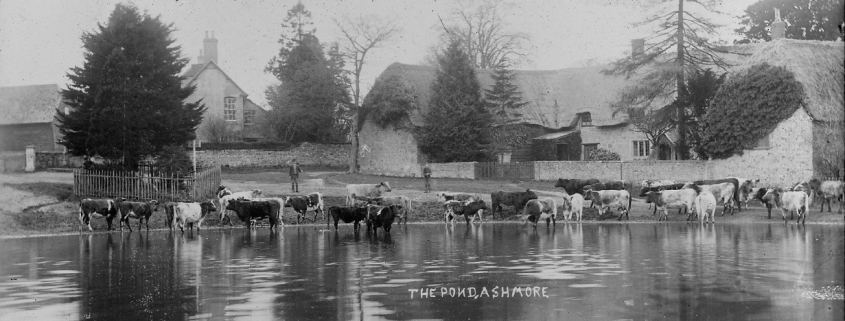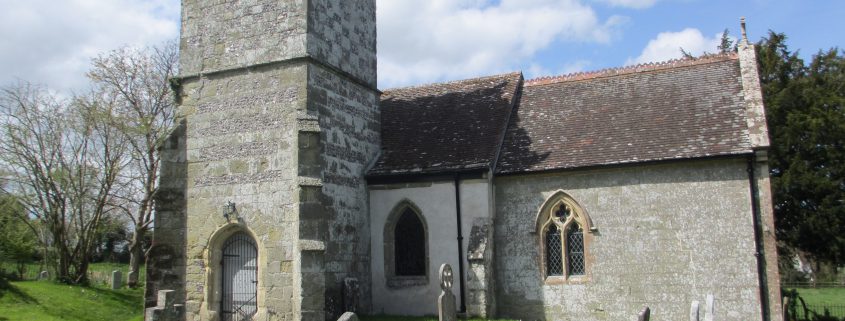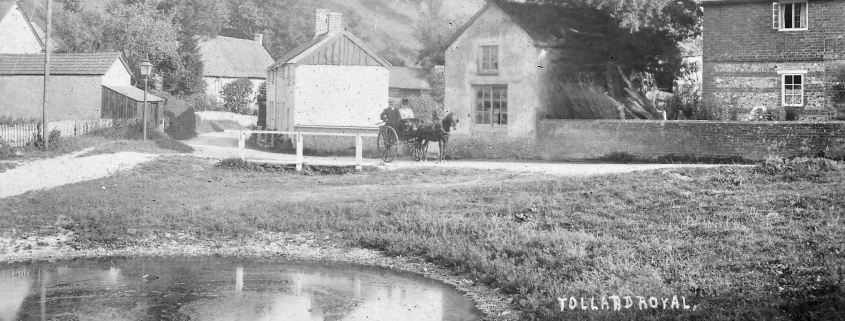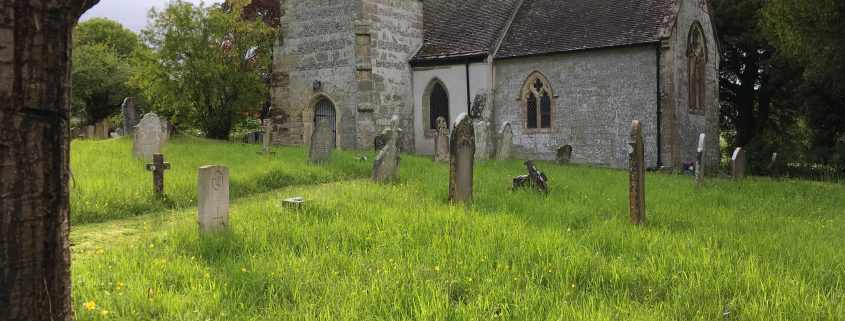Cyril Alfred Pitman
Surname: Pitman
Other names: Cyril Alfred
Locations in this story: North End Lane, Motcombe, DorsetChurch Lane, Shaftesbury, DorsetSalisbury, Wiltshire
Story: Cyril Alfred Pitman was born at Motcombe, Dorset, on 22nd May 1900 and baptised there on 1st July 1900, the son of Ernest Alfred Pitman and Dorcas Pitman (née Gray). He spent much of his life at the family home at 74 North End Lane, Motcombe, Dorset. He enlisted on 22nd May 1918 and was mobilized on 24th June 1918, joining the 36th Recruit Distribution Battalion of the Training Reserve (Service No. TR/27244). He was transferred to the 1156th (127th) LAMT Company of the Royal Army Service Corps on 15th November 1918 (Service No. M/398710). He served in the United Kingdom only and was eventually demobilized on 11th December 1919. There is no record of any medals being awarded. The 1921 Census shows him still living with his parents in North End Lane, Motcombe, working as a Motor Driver. He married Frances Charlotte Stone on 10th October 1923 at Motcombe, Dorset, and they went on to have three children. By the 1939 Register he was living at 8 Church Lane, Shaftesbury, Dorset, working as a Butcher's Roundsman and Shop Assistant. His death was recorded in the Salisbury, Wiltshire, Registration District in 1982.
Links to related web content / sources: The National Archives

